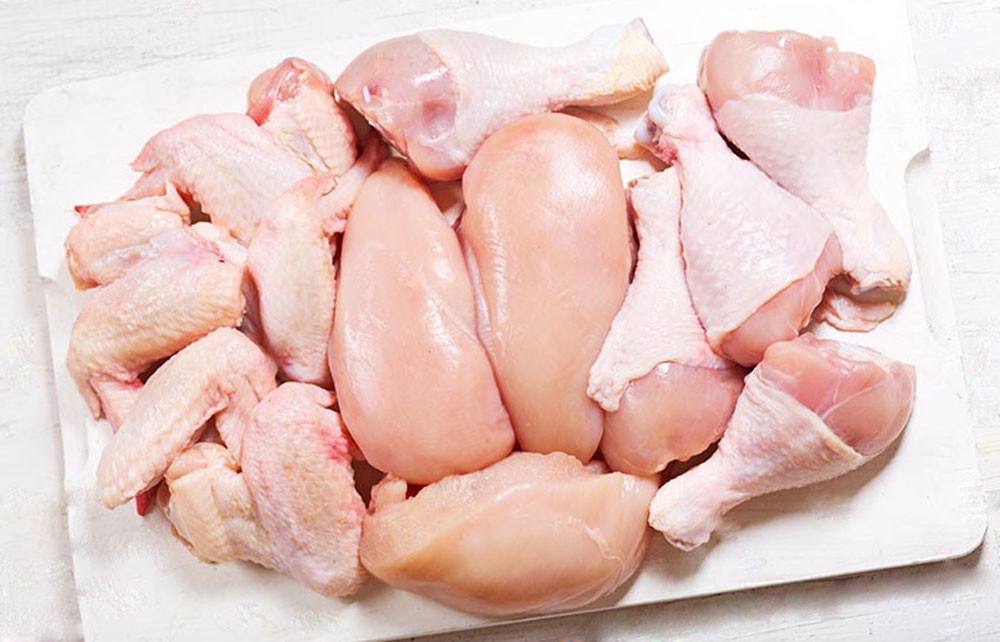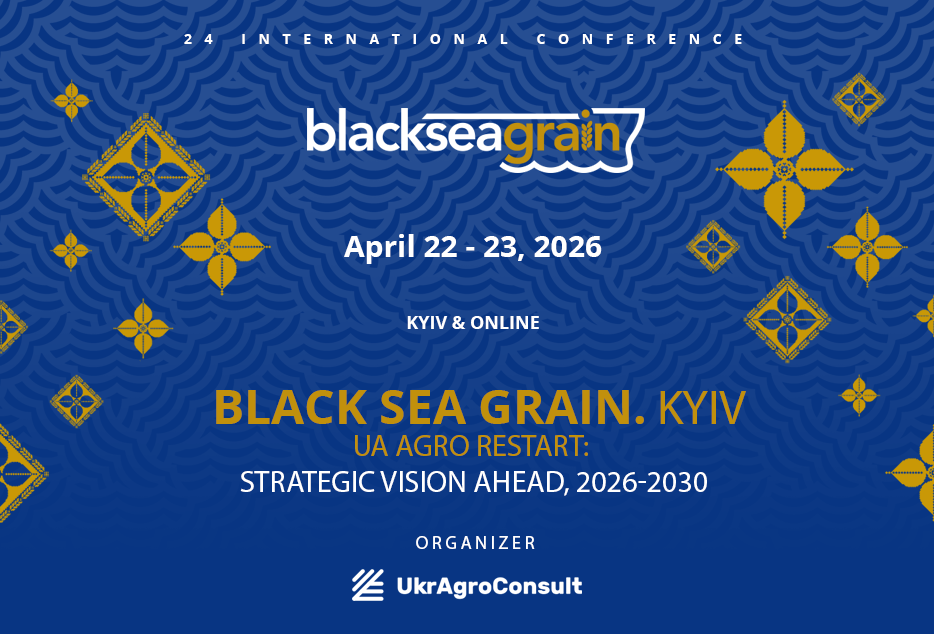Saudi Arabia boosts chicken production

One of the hottest and driest countries on Earth has nearly doubled its poultry production over the past decade.
The Kingdom of Saudi Arabia is ramping up chicken production by taking advantage of high desert temperatures, The Japan Times reported Jan. 26, citing Bloomberg.
One of the hottest and driest countries on Earth has nearly doubled poultry production over the past decade as Crown Prince Mohammed bin Salman insists on food self-sufficiency. The kingdom imports about 80 percent of its food, raising fears of possible shortages at a time of rising geopolitical tensions, contagious animal diseases and broken supply chains.
The highway leading west from the Saudi capital runs through the Ad Dahna desert, where summer temperatures can exceed 50 degrees Celsius.
This remote region, known as Shaqra, is the center of the oil state for raising more chickens and. A local processing plant owned by Tanmiah Food processes about 150,000 birds a day to supply McDonald’s, Popeyes and Subway, among others.
The Kingdom has adopted the Vision 2030 strategy, which involves diversifying the economy away from oil dependence by developing industries such as tourism, automotive and semiconductors. So far, more than $1 trillion has been allocated for the program.
Human nutrition is also a focus for the government, with no less than 17 billion riyals (440 billion rubles) allocated to the poultry sector alone. The kingdom also wants more fruit, vegetable and fish farmers and is building strategic food reserves in case of future crises.
The company is also looking overseas, investing in poultry producers such as Brazil’s BRF SA and Ukraine’s MHP SE; managing farmland in Arizona and California; and working to acquire the Singapore-based agribusiness unit of Olam Group. Earlier this month, Tanmiah said it is working with Chinese contractor Chengdu Design & Research Institute to build 100 broiler poultry houses across the country.
Chicken, the world’s most consumed meat, is an affordable source of protein for a country where the middle class is growing rapidly, beef is still a luxury and the population of about 37 million is young and increasingly westernized.
With a growth rate of about 6% a year, Saudi Arabia is one of the fastest growing producers in the world, according to Gira. Restaurant chains such as AlBaik, the local version of KFC, have achieved cult status as annual consumption in the country has surpassed 1.5 million tons.
Just a decade ago, 1 in 5 chickens would die before reaching the butcher, said Tanmiah CEO Zulfiqar Hamadani.
Today, the bird mortality rate is less than 4%, which is the upper limit for the company’s local farmers. Suppliers can receive bonuses for meeting that requirement.
His company is the country’s fourth-largest producer. Shares rose 17% last year.
Official figures showed Saudi Arabia produced a record 558,000 tons of poultry meat in the first half of 2024, up 9% from a year earlier.
“It’s all about developing a unique diet and finding the right temperatures,” said Marcos Delorenzo, the division’s general manager. No antibiotics or growth hormones are used, and the birds eat feed high in protein, amino acids and electrolytes.
Before reaching the Shakra plant, adult chicks are kept in broiler poultry houses at temperatures no higher than 24°C. Chickens must be raised at 32°C.
Saudis prefer a whole chicken as the centerpiece of dishes such as kabsa and madhut, weighing no more than 1.3 kg. That’s about half the size of a typical American, British or Brazilian bird.
But as society changes – more women are working and driving, spending less time at home – chicken is increasingly being sold in smaller portions. BRF introduced its Easy and Juicy line – pre-marinated strips and cubes that can be cooked in 10 minutes.
“Ladies want convenience,” said Igor Marty, vice president of halal markets for BRF, which owns the Sadia brand and has been supplying chicken to the kingdom since the 1970s. “They want to come home, they want something easy to prepare and nutritious.”
BRF sells about 350,000 tons a year and employs about 1,000 local people.
Tipping the trade scales from predominantly imported to predominantly local meat will have global repercussions, with Brazil and Ukraine likely to see their supplies shrink. However, this could be mitigated by Saudi Arabia’s increased purchases of soybeans, corn and other grains for poultry feed – not just for domestic consumption.
Tanmiah is working with Arkansas-based Tyson Foods to develop a global brand
For almost 30 years of expertise in the agri markets, UkrAgroConsult has accumulated an extensive database, which became the basis of the platform AgriSupp.
It is a multi-functional online platform with market intelligence for grains and oilseeds that enables to get access to daily operational information on the Black Sea & Danube markets, analytical reports, historical data.
You are welcome to get a 7-day free demo access!!!
Write to us
Our manager will contact you soon



